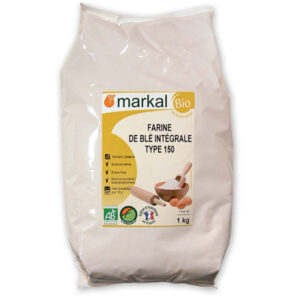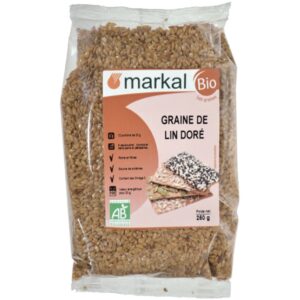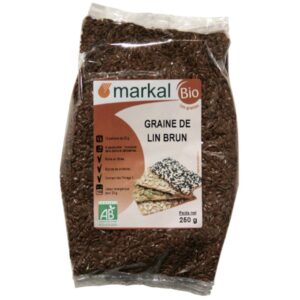From this, What i’m saying is the next: imagine you may have three other services, Good, B, and you may C
Imagine merely white’s section of the panel (to own the full calculation, each party will be thought): Posession: 8 pawns 2 bishops step one knight 2 rooks, step 1 queen
Enhancing board research qualities through genetic formulas While certain aspects of evaluating a board are obvious (such as piece values – a queen is clearly worth more than a pawn), other factors are not as easily determined purely by intuition. How much is a bishop’s mobility worth? How important is it to check the opponent? Is threatening an enemy’s piece better than protecting your own? One can make relatively good educated guesses to such questions, and thus develop a decent static board evaluation function, but I was hoping for a more analytical method. One module of the program is capable of running chess tournaments, where the computer plays against itself with different evaluation functions. It generates random evaluation functions, which then get mutated or preserved based on how well they perform in the tournaments. The core of the tournament algorithm does the following. It has a set of 10 evaluation functions, and pits them all against each other. Each side gets to play both black and white for fairness. Subsequently, it selects the best five, and generates 5 new ones to replace the worst 5. This continues for any desirable number of iterations (the default was set to 10). There are two version of the algorithm that were run. One was a “preservation” one, which kept the best 5 “as is” in between iterations. The other algorithm was a “mutation” one, which kept 1 of the 5, and mutated the other 4. Each mutation was between a pairing of some 2 of the best 5 functions. Determining the winner of a given game is not always trivial. For time constraints, each game in the tournament is limited to 50 moves, which won’t necessarily yield an outright check-mate. Also, draws are possible. Furthermore, for low plys (a ply of 2 was used), it is unlikely for the computer to ever reach check-mate when playing deterministically against itself (since there is not end-game database). But the genetic algorithm requires that there be a “winner” for each game played. The way this done is by scoring the board position from the perspective of each of the functions. Most likely they will both has a consensus as to which side has more points (and hence is winning); however, since obviously each side has a different evaluation function, there is a small probability in a close game that each side will think it’s winning. The starting functions weren’t completely random. For instance, the piece possession values were always preset to fixed values, as those are well known to be good. The fixed piece possession values were as follows:
My personal goal would be to attempt to improve the brand new panel analysis mode through hereditary algorithms to determine it
Since the fingers is far more very important than nearly any other factors, brand new randomized loads made toward most other was in fact allowed merely to end up being integers ranging from 0 and you may 5. But not, so it nevertheless greet for seemingly higher loads total – such as, a good rook you may officially has a freedom out-of fourteen room (seven lateral and you may 7 vertical), very even if sparky it is mobility basis was only 3, so there was indeed two rooks, this is really worth a massive fourteen*3*2 = 84. Unfortunately, the results of the tournaments just weren’t as effective overall manage predict. It is because the fixed panel research setting will appear to end up being round in general. It will be easy you to A good sounds B, B beats C, and you may C beats A beneficial. And therefore you can’t really give which one is actually “better.” Demonstrably, some functions into the acute cases are often tough as opposed to others – for example, when we make protecting bishops and you can knights worthless, but securing pawns worth a lot, then your AI with this specific setting tends to lose trick pieces quickly. But also for services which might be deemed “reasonable,” the latest genetic algorithms inside their newest form commonly neglect to determine which ones be more effective complete. Other problem is you to definitely merely a very short subset of the many you’ll be able to services would be examined. You’ll find 19 situations in for every function, all of that can take on 5 more beliefs. That it yields 5^19 possible properties, despite those restrictions. In per round out-of a competition, just 10 qualities is looked at, because of the powering ten^2 = one hundred video game, which will take circumstances actually on lowest ply profile. Particular general findings, however, both from the tournaments and you will away from observations out-of private matches, can be produced. Brand new pieces having large opinions need to has large mobility/threats/ loads also. It seems sensible that threatening a queen is much more rewarding than simply intimidating a beneficial bishop or a knight. The opposite is true for the newest “protects” loads. It doesn’t build far feel inside the securing a king way too much, since if it becomes slain that have something except that the fresh new opponent’s king, eliminating the trapping bit try nothing consolation. Protecting knights and you will bishops is quite worthwhile, but not. In the present system, delegating loads on the pawns’ parameters can be damaging, and there is 8 ones (multiplying most of the weights by 8), also it can cause an unecessary overuse of your own portion because of the the computer. Pawn invention seems to be a good sufficent parameter to have dictating pawn techniques. Checking (threatening) a king is additionally valuable, since it can be believed good “local mission” of the ultimate goal, that’s a-lover. Along with these affairs planned, the brand new default fixed board review could have been set to: With an excellent pawn innovation lbs of 1. This can be by no means the sole very good board evaluation setting – even more performs just as well, or best in some games.
















